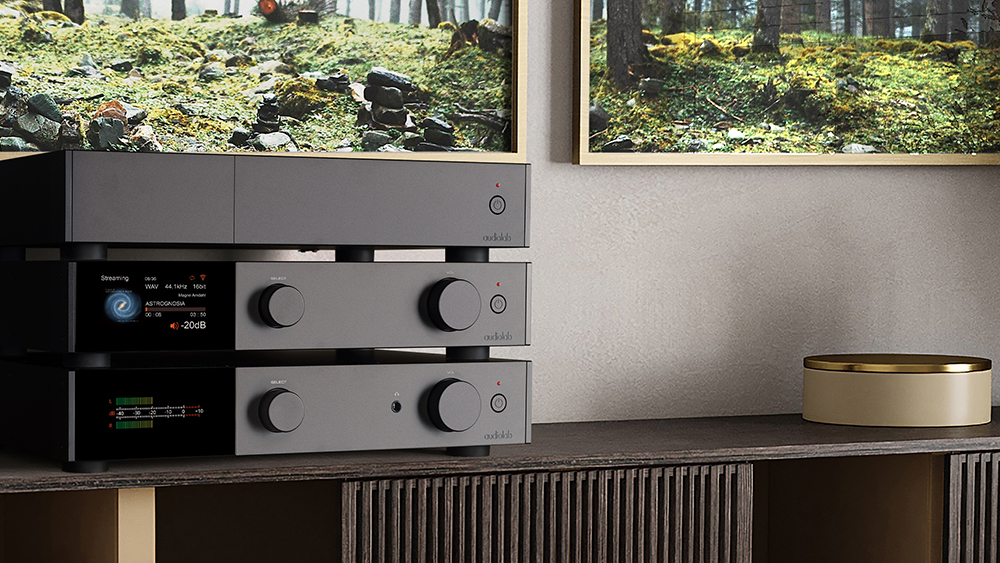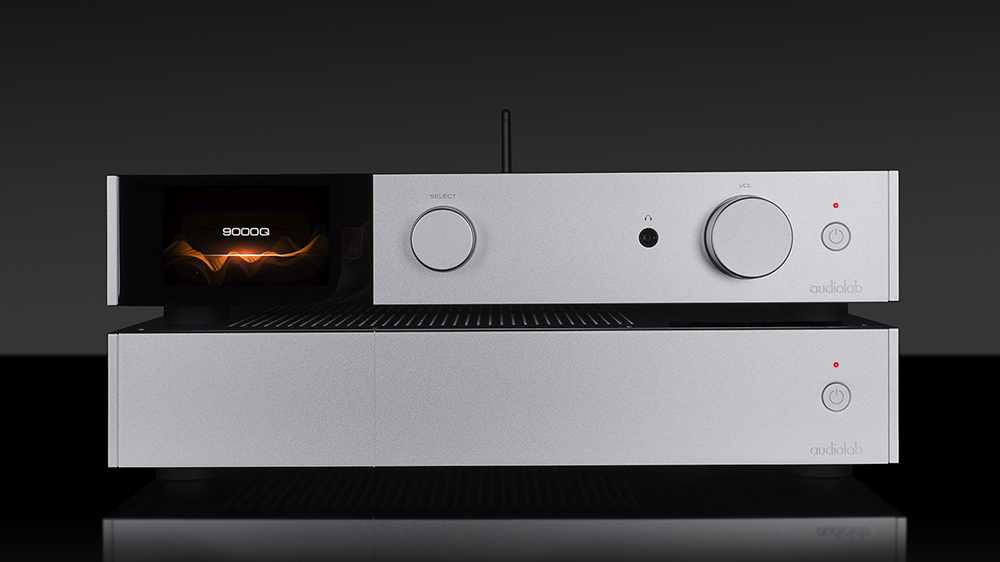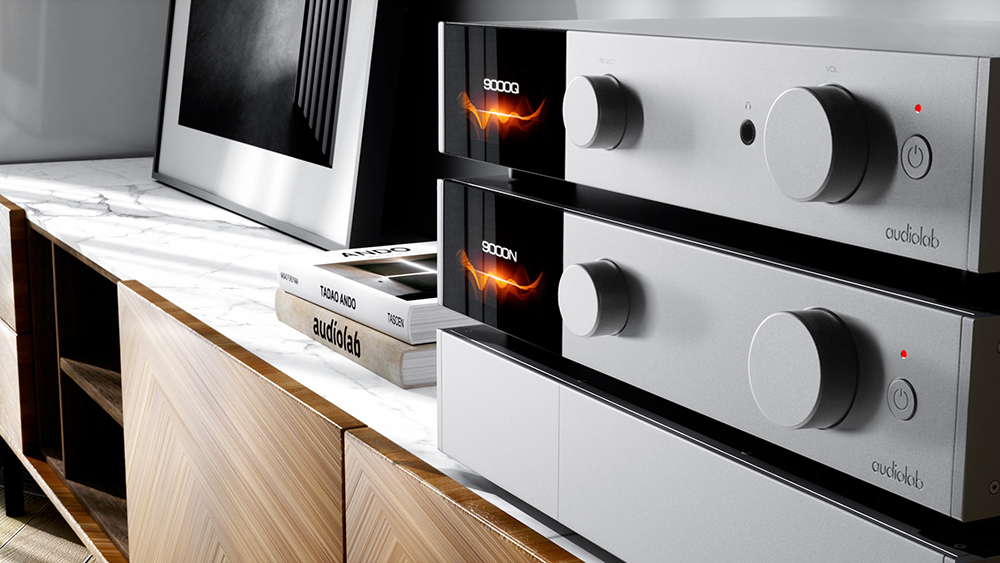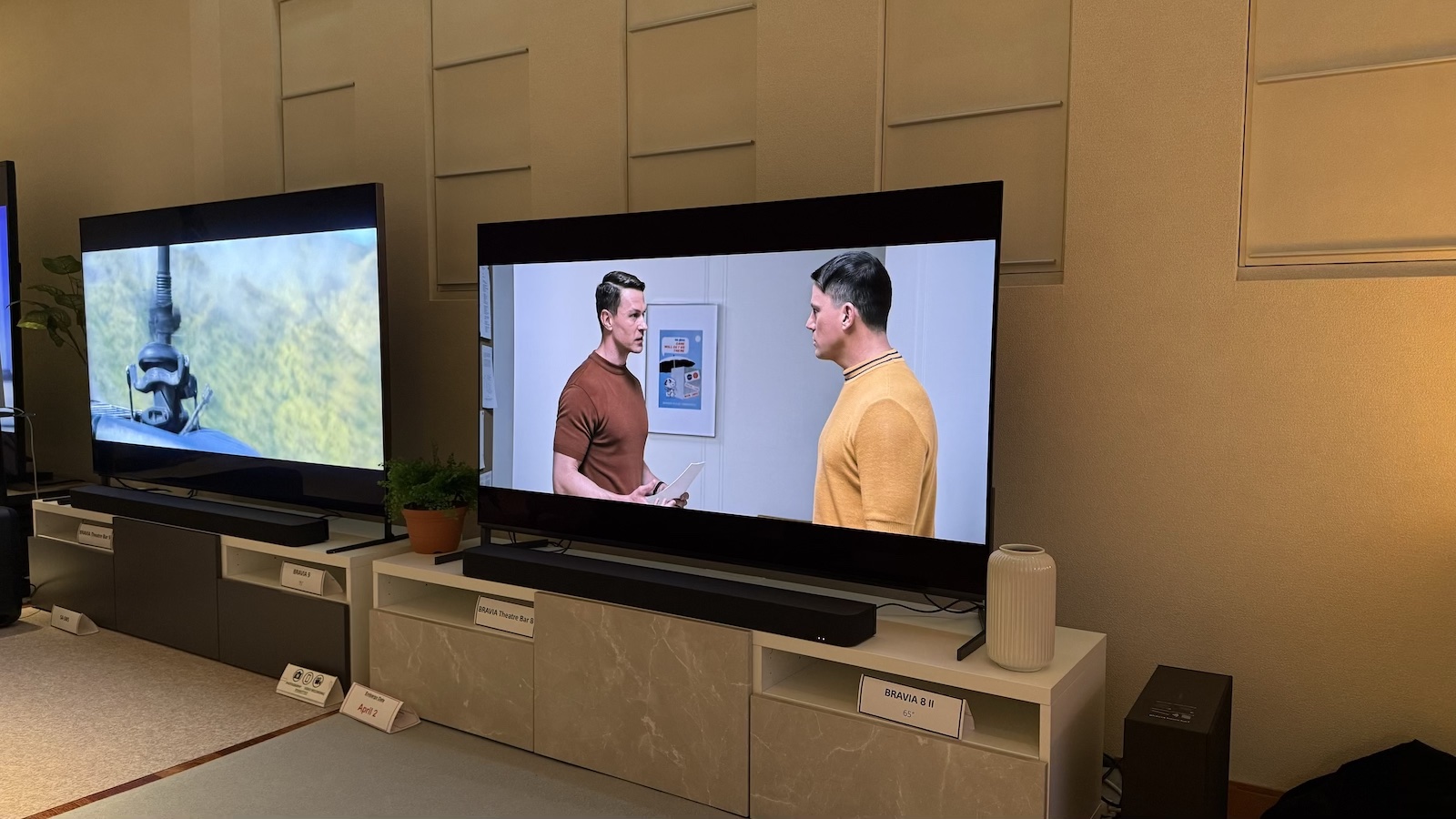Audiolab elevates its reference 9000 range with its first pre and power amps in eight years
The 9000Q preamp and 9000P power amp offer an option above the “hugely capable” 9000A integrated

Integrated stereo amplifiers that deliver both preamplifier and power duties from one box are neat, space-efficient and undoubtedly the most popular option when it comes to powering a hi-fi system, but the potential for optimum sound quality comes from having a separate preamplifier and power amplifier. Audiolab offers the former one-box solution across its entry-level 6000, mid-range 7000 and flagship 9000 range, but it has now decided to expand its top-tier offering with pre/power components for the first time in years.
The new 9000P is the first Audiolab power amplifier since the 8300XP, which launched in 2016, and is joined by the new 9000Q preamp. Together, they sit above the four-star 9000A integrated amplifier as the range’s ultimate amplification solution, and also alongside the series’ 9000CDT CD transport and What Hi-Fi? Award-winning 9000N network streamer (the latter pictured with the new additions above).
The 9000Q preamplifier is the brains of the operation, the 9000P the brawn. Feeding two coaxial, two optical and USB Type B inputs, its DAC circuity is built around ESS’s top-ranging ES9038PRO and features a newly developed Class A post-DAC active filter that has been carefully implemented to make the most out of the chip. Several discrete regulators supplying power separately to the left and right channels for each stage of the digital-to-analogue conversion process are present to improve efficiency and accuracy, while, compared to the 9000A integrated’s DAC stage, a separate transformer winding has been included to further isolate noise from the circuitry.

Those inputs can handle PCM audio up to 32-bit/768kHz, DSD to 22.5MHz (DSD512) and MQA, and are joined by Bluetooth 5.0 (aptX HD and LDAC codecs are supported) for convenient wireless playback, as well as a generous suite of analogue connectivity. On the input side, you get four line-levels (three RCA, one balanced XLR), plus an MM phono stage that has been further improved over the one inside the 9000A.
As for outputs, there is a pair of RCA preamp outputs that allow two stereo power amps to be connected in, for example, bridged mono mode; XLRs that benefit from an ‘XLR Direct’ mode that enables a balanced signal path from input to output; a pair of 12V trigger outputs for automated system control; your standard line-level stereo RCA; and, lastly, a headphone output.
Turning our attention to the front of the machine, a 4.3-inch colour display steals your attention. This can display everything from volume level, input selection and file format information to VU-style meters, and is your gateway to a comprehensive menu system. Expanding on adjustment functionality such as digital upsampling, input sensitivity adjustment and balance control are new bass and treble tone controls that, like the volume control, operate in the analogue domain and offer +/-6dB adjustments. However, these controls can be removed entirely from the signal path if preferred.
The power supplies inside both the 9000Q and 9000P benefit from filtering technology, developed from Audiolab’s DC Block and DC Block 6 mains optimisation devices and aimed at removing noise from the mains power.
Get the What Hi-Fi? Newsletter
The latest hi-fi, home cinema and tech news, reviews, buying advice and deals, direct to your inbox.

The 9000P is Audiolab’s “best power amp yet” and, unsurprising considering the company’s experience with the design, a Class A/B implementation. At its engineering core is a dual-mono circuit topology, with separate power supplies for the left and right channel, and a Complementary Feedback output stage design, which keeps idle current independent of the temperature of the output transistors in the name of excellent thermal stability.
The 9000P delivers 100 watts per channel into 8 ohms, although you can take that to 300 watts (into the same load) by bridging two of the amplifiers together, where each power amp’s stereo channels can drive a single mono channel (i.e. each amp can drive one speaker).
Available from next month, the Audiolab 9000Q is priced at £1499 / $1999 / AU$3499 and the 9000P at £1099 / $1499 / AU$2599. In the UK at least (tbc on US and Australia territories), the two can be purchased together at a discount, for £2499.
MORE:
How to choose and set up a stereo amplifier
Read our Audiolab 9000N music streamer review
I’m picking the best Black Friday hi-fi deals as they go live – speakers, turntables, amps and more
Becky is the managing editor of What Hi-Fi? and, since her recent move to Melbourne, also the editor of the brand's sister magazines Down Under – Australian Hi-Fi and Audio Esoterica. During her 11+ years in the hi-fi industry, she has reviewed all manner of audio gear, from budget amplifiers to high-end speakers, and particularly specialises in headphones and head-fi devices. In her spare time, Becky can often be found running, watching Liverpool FC and horror movies, and hunting for gluten-free cake.
-
dcsprior ReplyFeeding two coaxial, two optical and USB Type B inputs, its DAC circuity is built around ESS’s top-ranging ES9038PRO
This should be "fed by" rather than "feeding", surely? It doesn't make sense to say an input is fed by something downstream of it.

